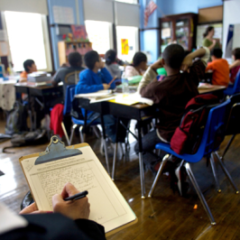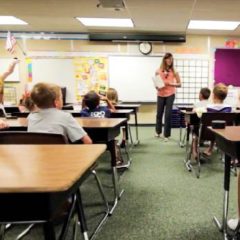In a time where every student needs a little more emotional support, we educators are uniquely qualified to fill that need. We are skilled in making the connections that keep kids curious, excited about the world around them, and engaged with their peers.
This is life-saving work these days.
Our children need schools to buoy them up in times of stress. They need to have hope and inspiration of the sort that teachers deal in on a daily basis, through literature, history, science… all areas of discovery and joyous participation. What a gift we teachers can give to the children in our classrooms!
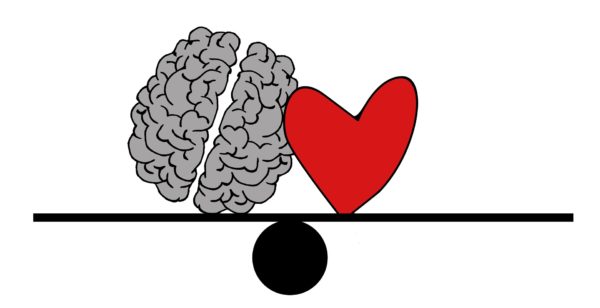
And I see it every day. I see it in the lively classroom chats and the lessons that get kids thinking, talking, and laughing. I see it in the way our staff makes time for kids: a health teacher who gives up her lunch to chat with a shy student who needs a safe place to hang out; a math teacher who comes in early to help kids with homework; a paraprofessional who visits with junior high students in the hall about sports, fashion, celebrities, whatever interests them, even patiently listening to long-winded chats about Fortnite or TikTok celebrities!
Kids need this. After a year and a half of periodic isolation and loneliness, the students in our schools have the adults on high alert. We are vigilant. Are they eating? Do they seem too quiet? Have they stopped turning in work? Did they mention they were moving again? The worry is constant.
This is our most important job- being there for kids. It takes a lot of effort and energy to truly be there for kids, as an educator, a mentor, a caretaker and much more.
But, these days, do we have the time and energy to do that oh-so-important job well? I want to say yes. Yes, because it is important, that is what we will do. But, this is a complicated situation. Educators are feeling the strain. The entire system is strained.


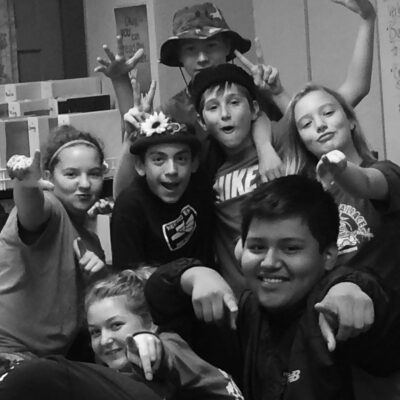
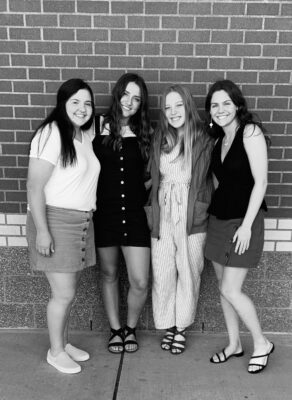

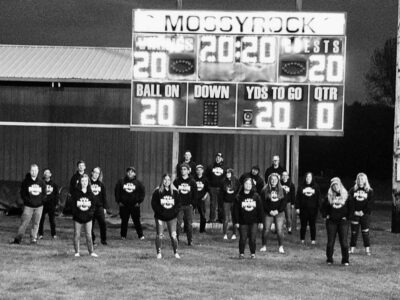
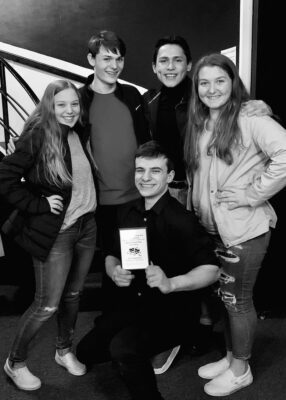
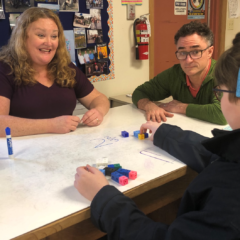
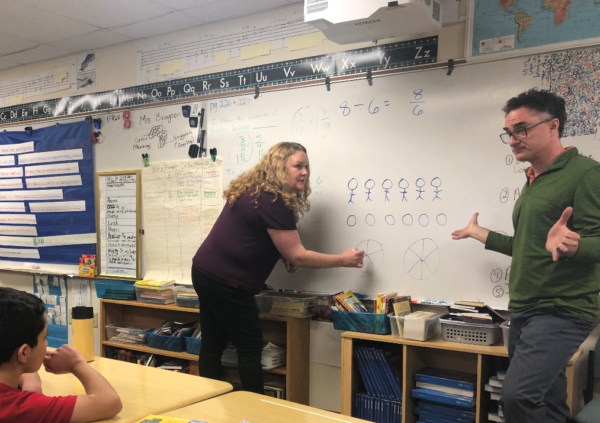
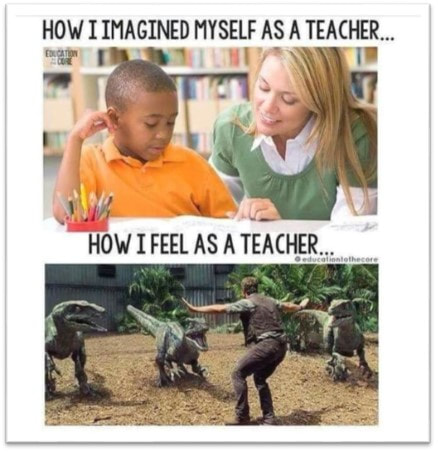
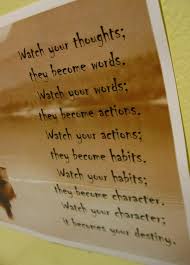 It takes a little knowledge to dig a little deeper sometimes. This month, I am hitting the knowledge. Next month – I am digging a little deeper. What am I talking about? Character education! Let’s first get a little history…
It takes a little knowledge to dig a little deeper sometimes. This month, I am hitting the knowledge. Next month – I am digging a little deeper. What am I talking about? Character education! Let’s first get a little history…